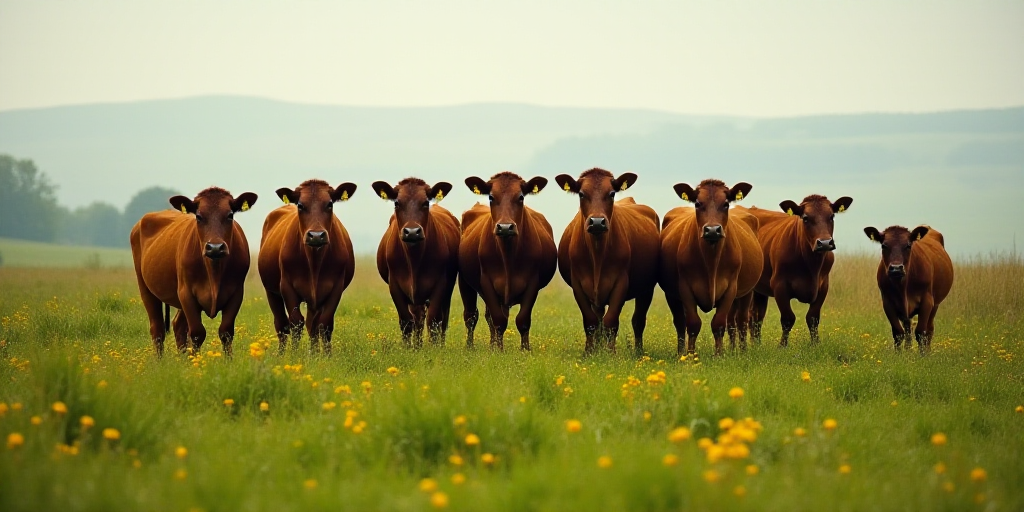Background on the Issue
The screw worm, a devastating livestock pest, has recently posed a significant threat to Mexico’s agricultural sector. Following the United States’ decision to halt Mexican cattle exports for 15 days due to the detection of screw worm disease, Mexican livestock producers have taken action to address the situation.
Who are the key players?
Homero García de la Llata, the president of the National Confederation of Livestock Organizations (CNOG), led a virtual meeting with Julio Berdegué, the Secretary of Agriculture and Rural Development (SADER). The CNOG represents livestock producers across Mexico and aims to collaborate with authorities to tackle the screw worm crisis.
Proposed Measures by CNOG
In response to the US’s export ban, the CNOG presented eight strategies to the federal government to control the screw worm outbreak. These measures include:
- Border Closure with Guatemala: The CNOG requested the closure of Mexico’s southern border with Guatemala to prevent the illegal movement of infected livestock.
- Enhanced Contraband Control: They called for stricter monitoring and control of smuggling operations involving contaminated cattle.
- Increased Budget for SADER: CNOG urged for a larger budget allocation to combat the screw worm advancement and review incoming cattle inspections by Senasica personnel.
- Regionalization of the Northern Border: They proposed stricter control over livestock movement towards exporting states and the establishment of a screw worm production plant in the southern border region.
- State and Local Government Involvement: CNOG emphasized the importance of state and local governments participating in controlling livestock mobility.
García’s Proposal for Collaboration
During the meeting, Homero García suggested integrating Mexican and Guatemalan livestock producers into the Mexico-US Binational Committee (Senasica and APHIS). This collaboration aims to leverage the experience of livestock producers and their on-the-ground knowledge to address the screw worm issue effectively.
SADER’s Response
Julio Berdegué acknowledged the CNOG’s efforts in coordinating with the Mexican state to confront this sanitary challenge. He also emphasized the importance of continuing producer training in wound inspection and treatment.
Key Questions and Answers
- Who is Homero García de la Llata? He is the president of the National Confederation of Livestock Organizations (CNOG), representing Mexican livestock producers.
- What is the screw worm? It’s a destructive livestock pest that poses a significant threat to Mexico’s agricultural sector.
- What actions did CNOG propose to the federal government? CNOG suggested closing the southern border with Guatemala, enhancing contraband control, increasing SADER’s budget, regionalizing the northern border, and involving state and local governments in controlling livestock mobility.
- What was Julio Berdegué’s response? He recognized CNOG’s efforts and emphasized the importance of producer training in wound inspection and treatment.






